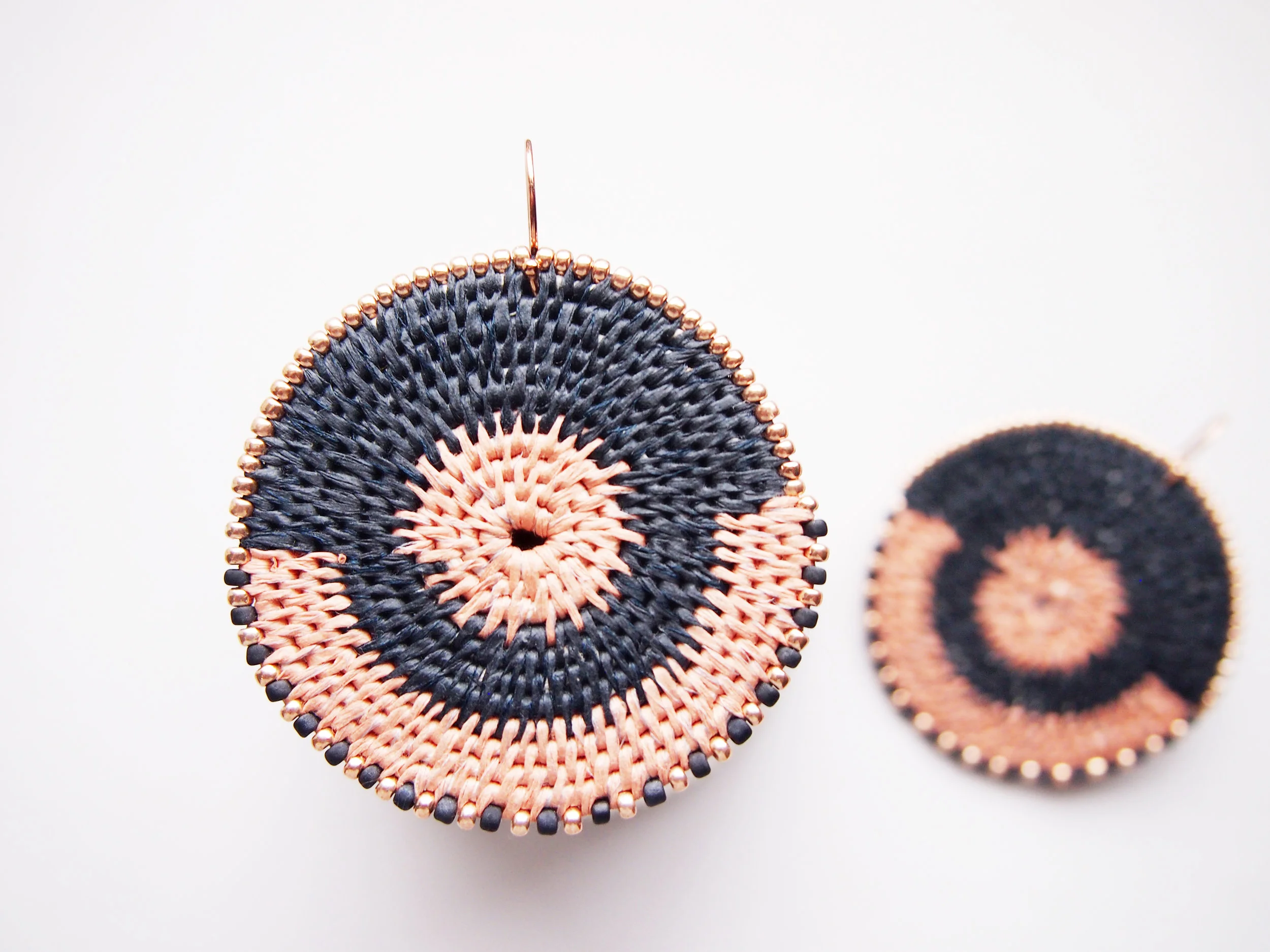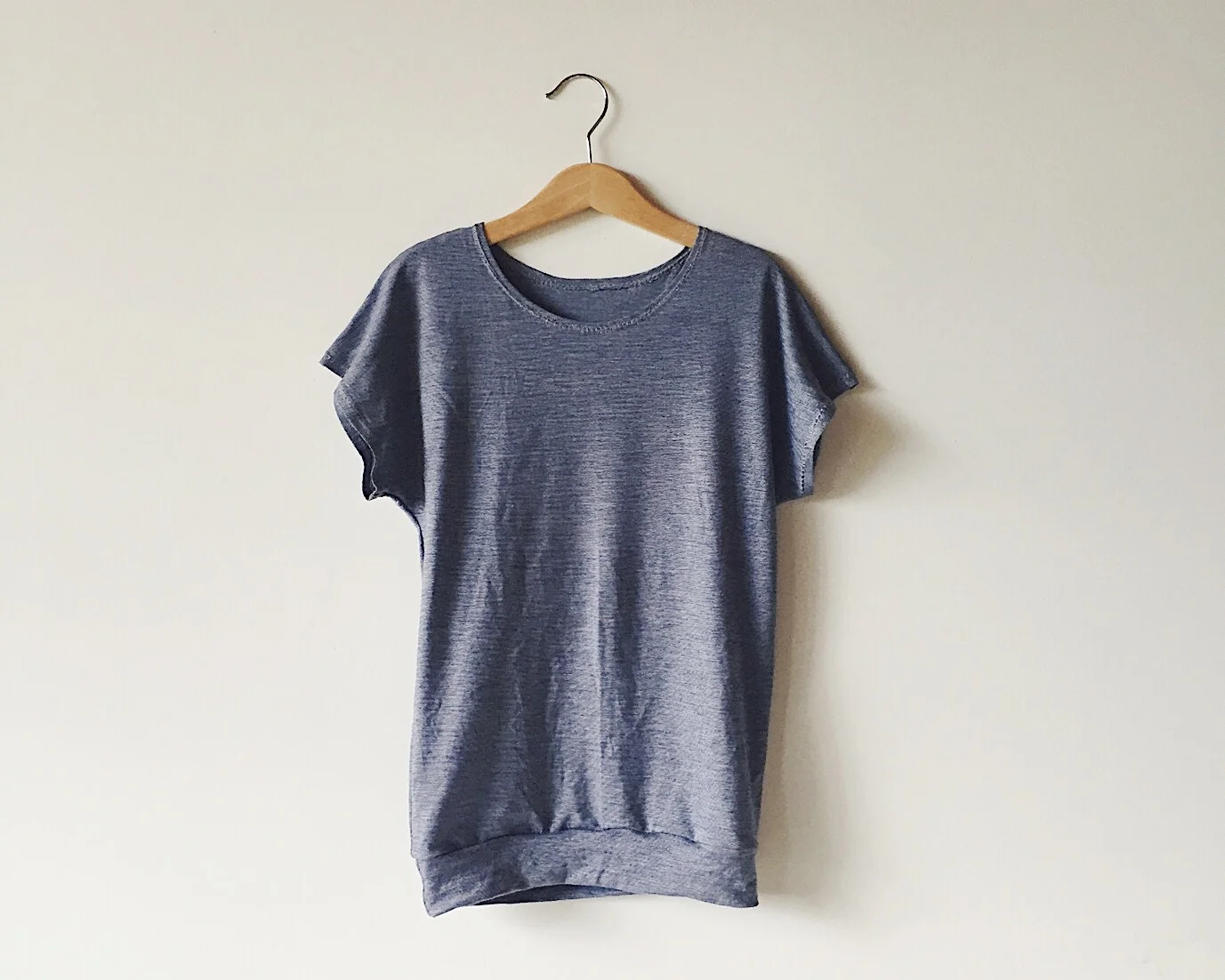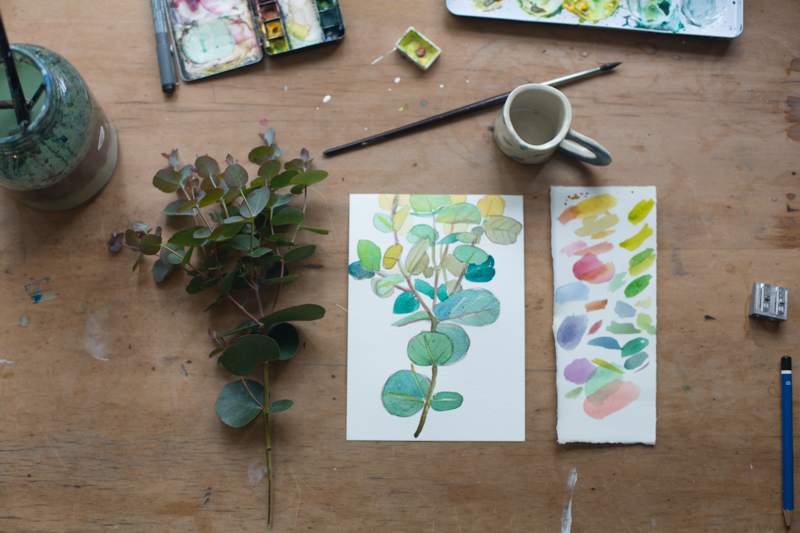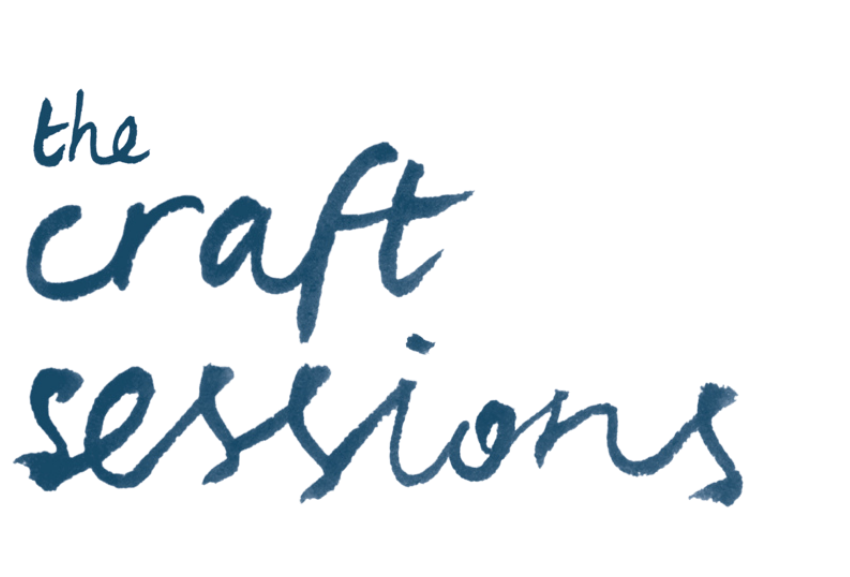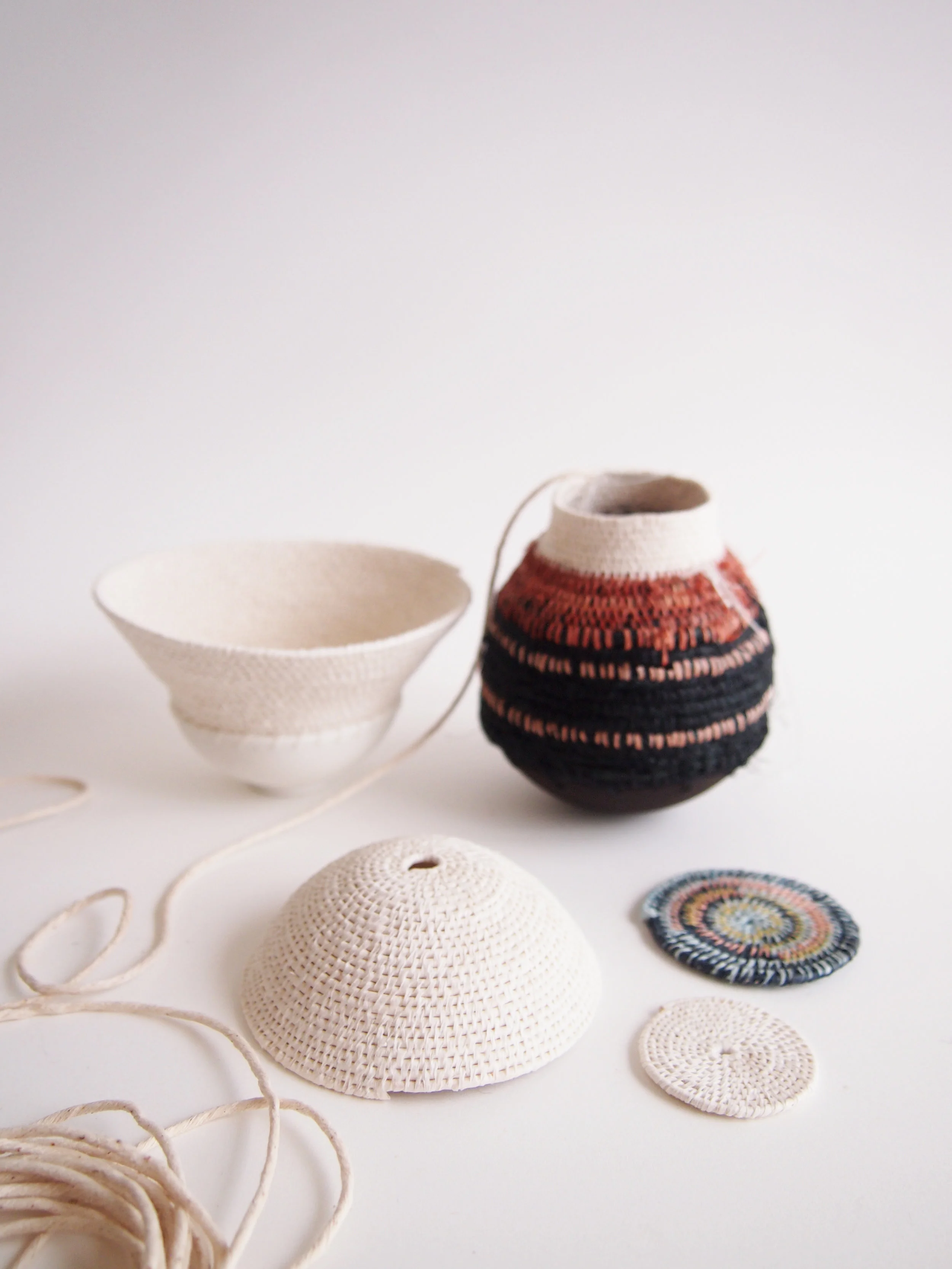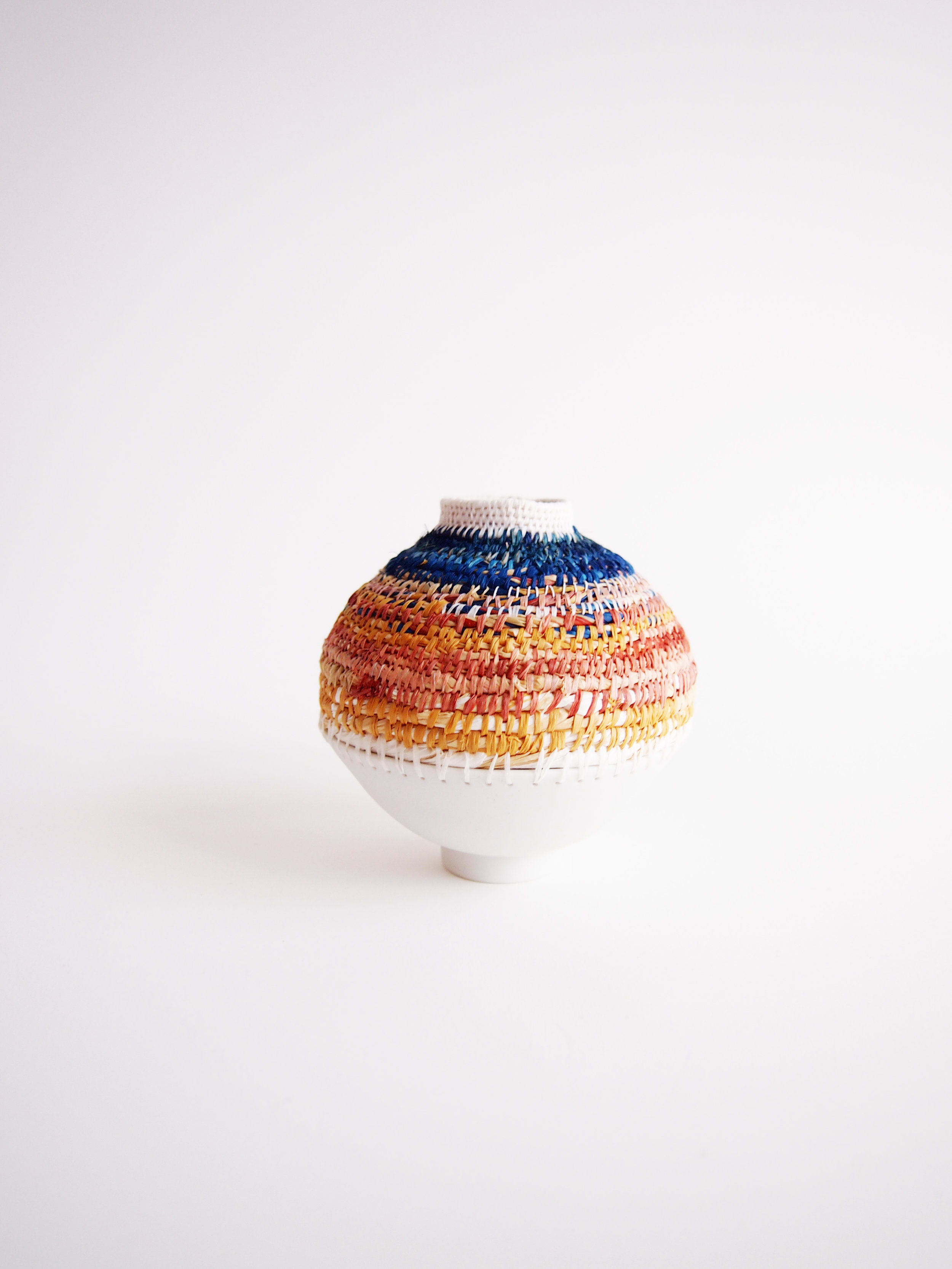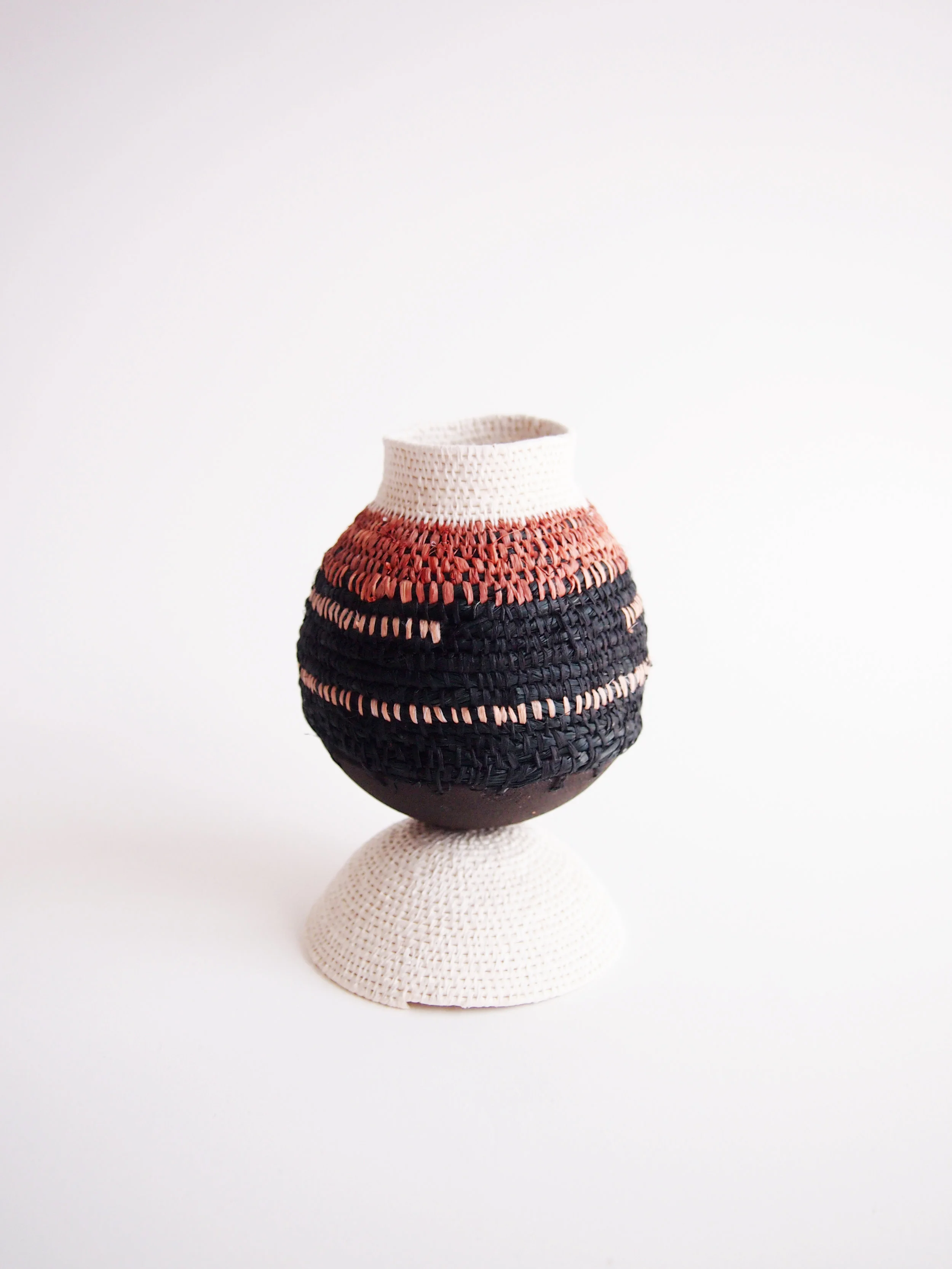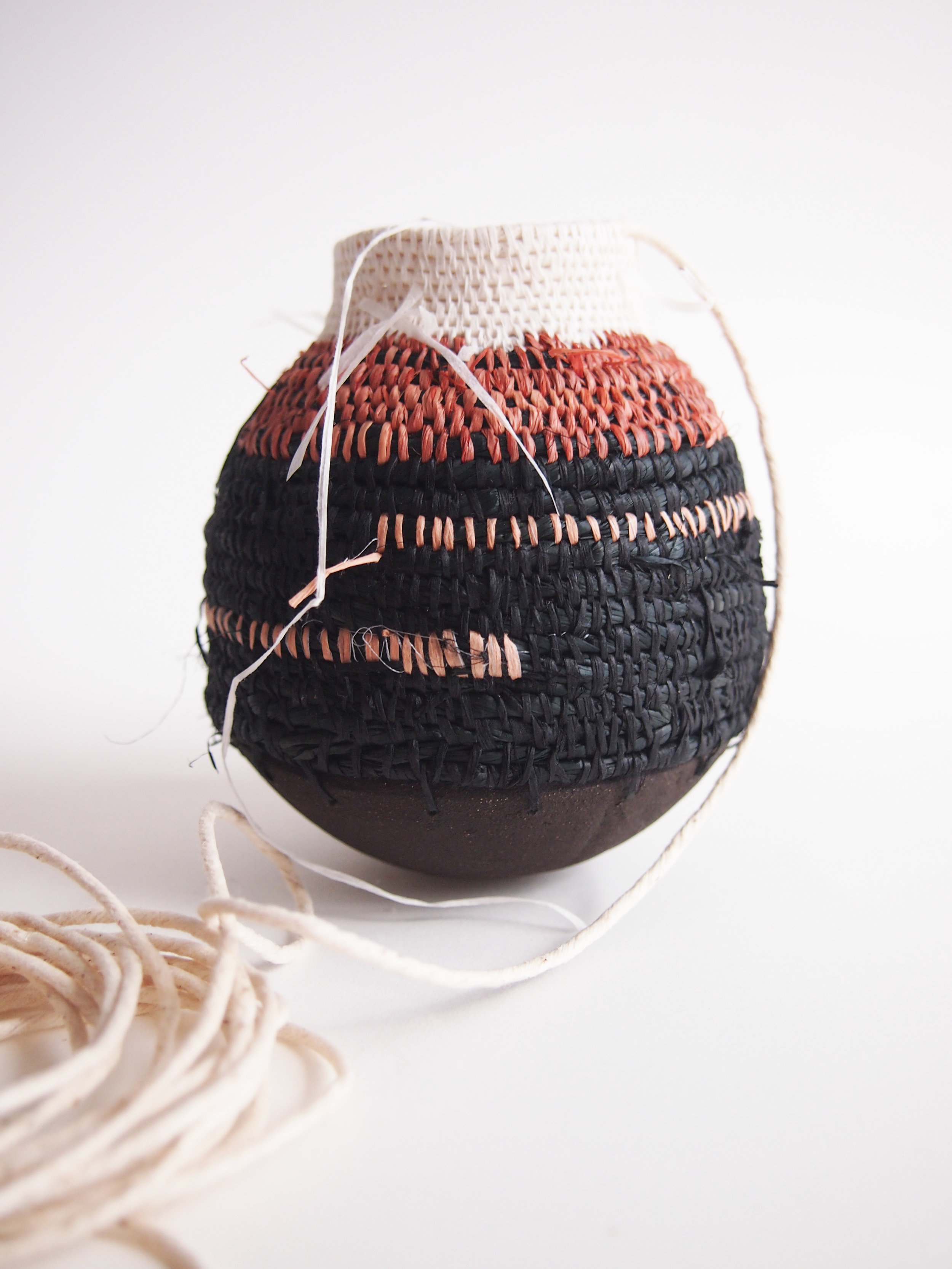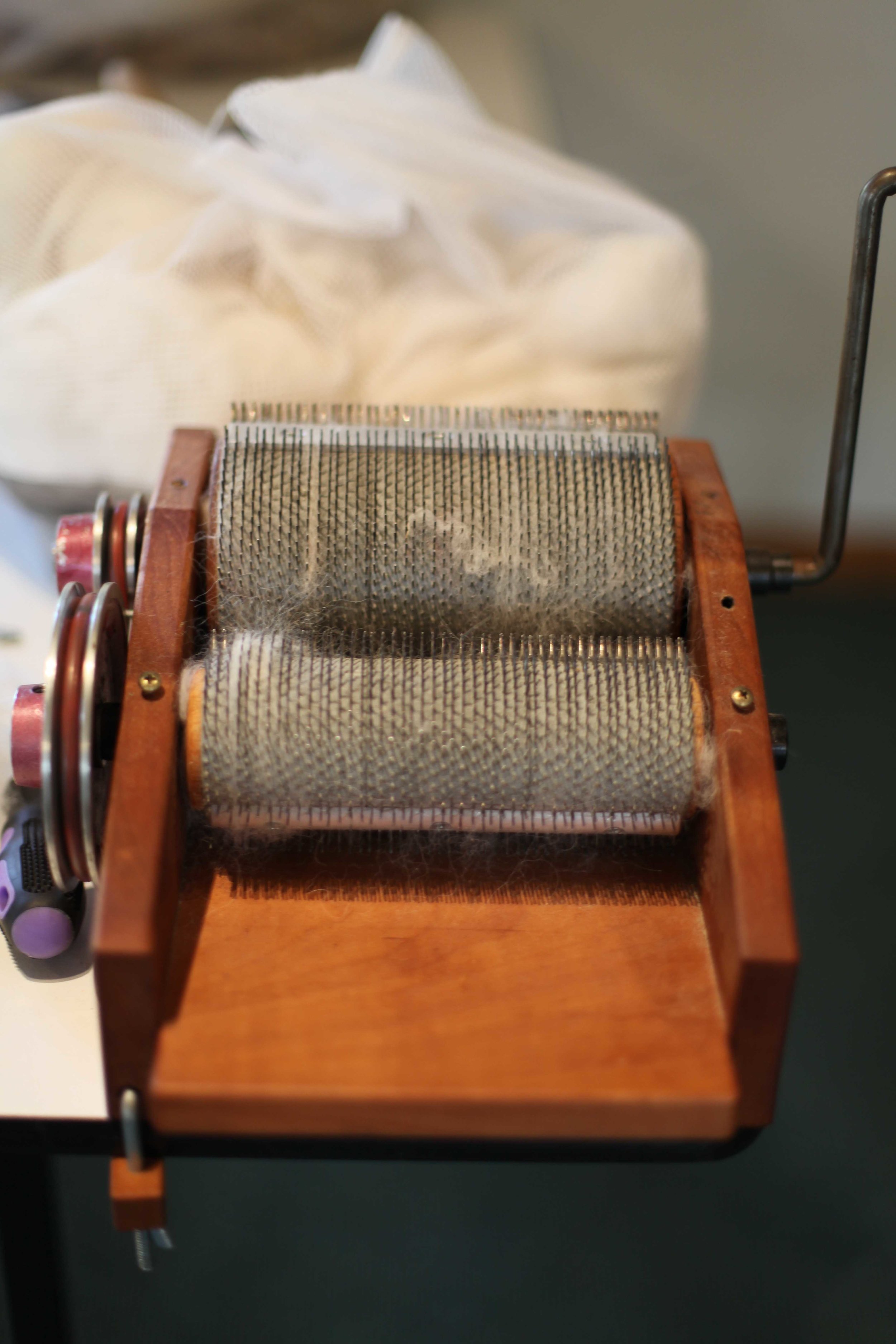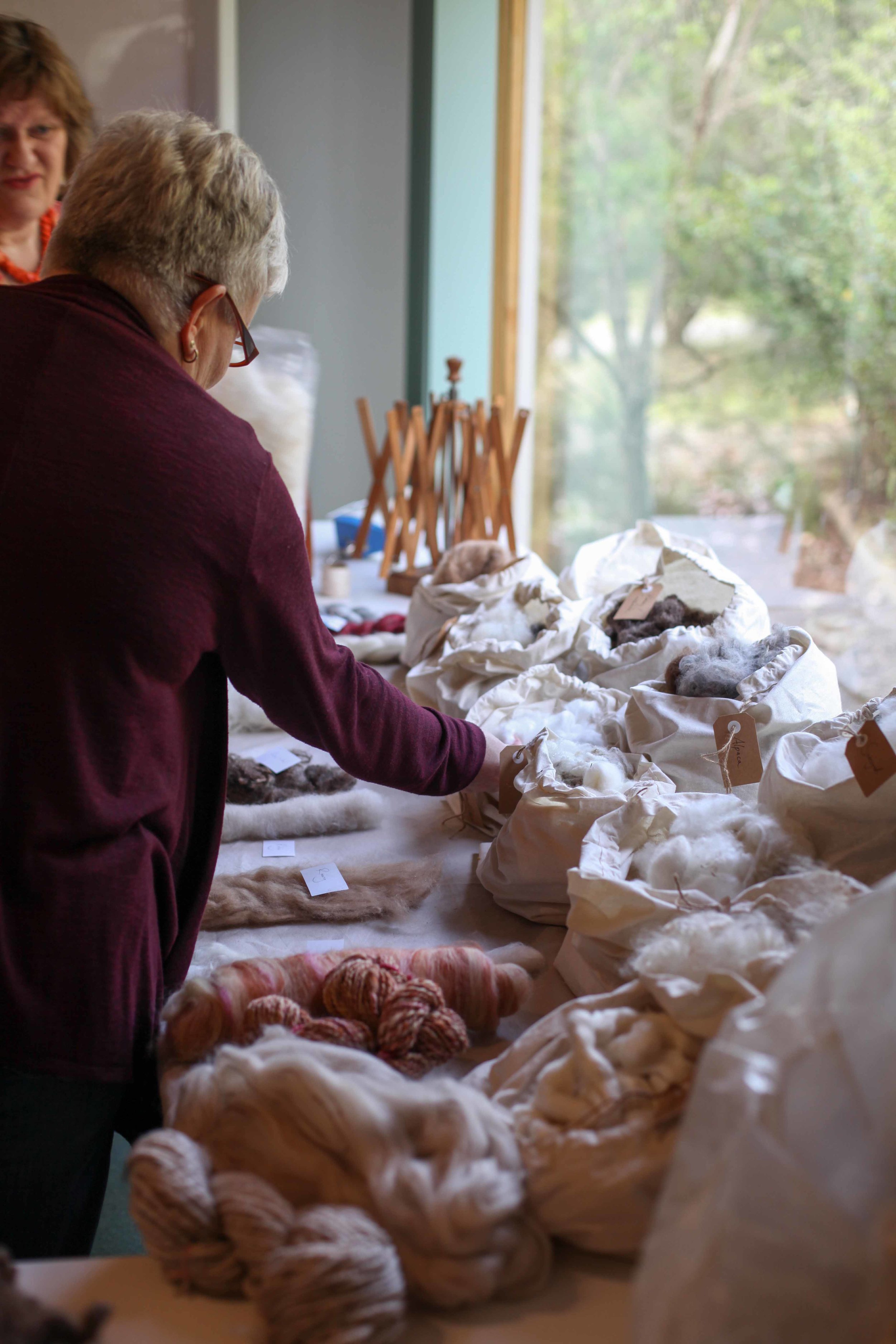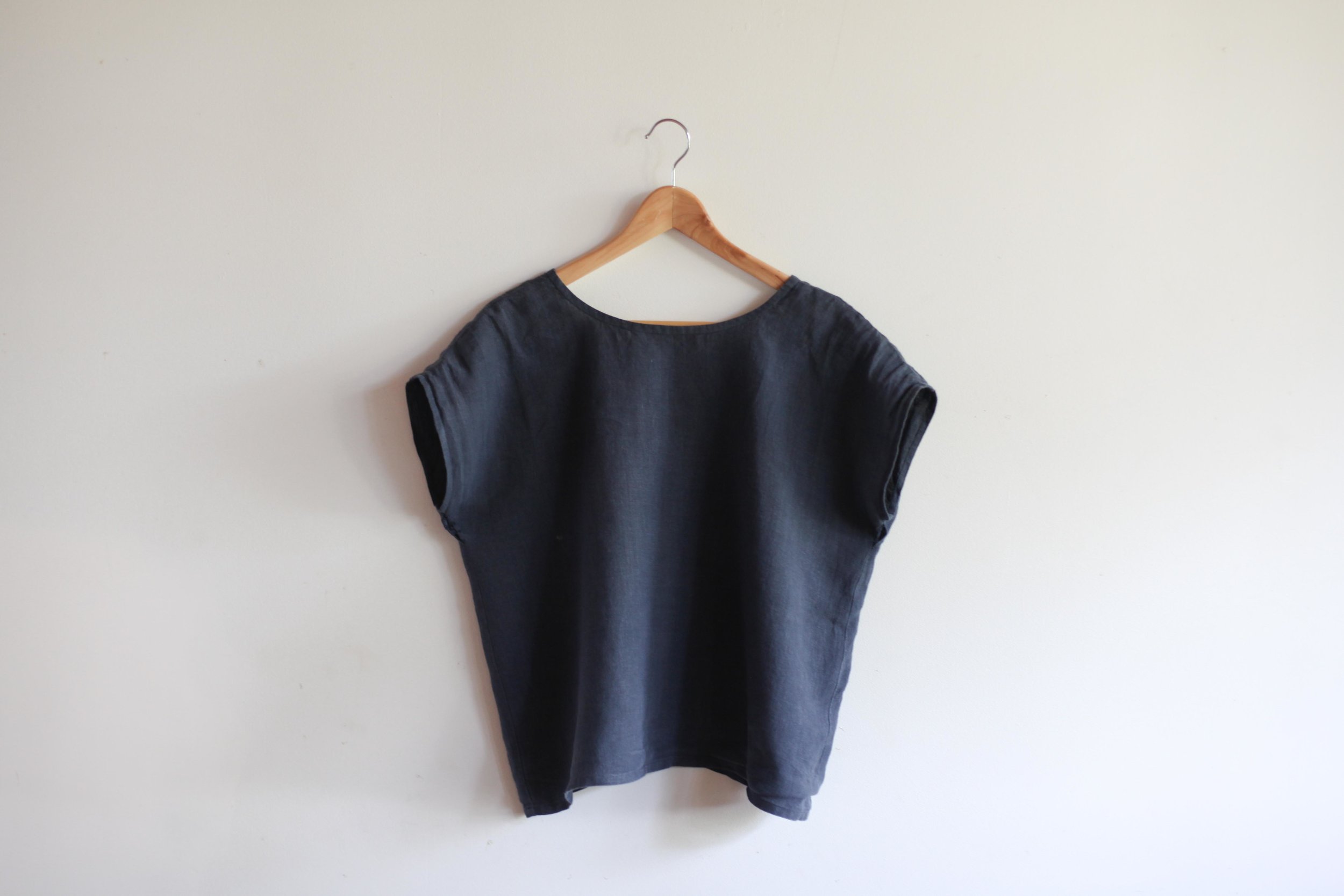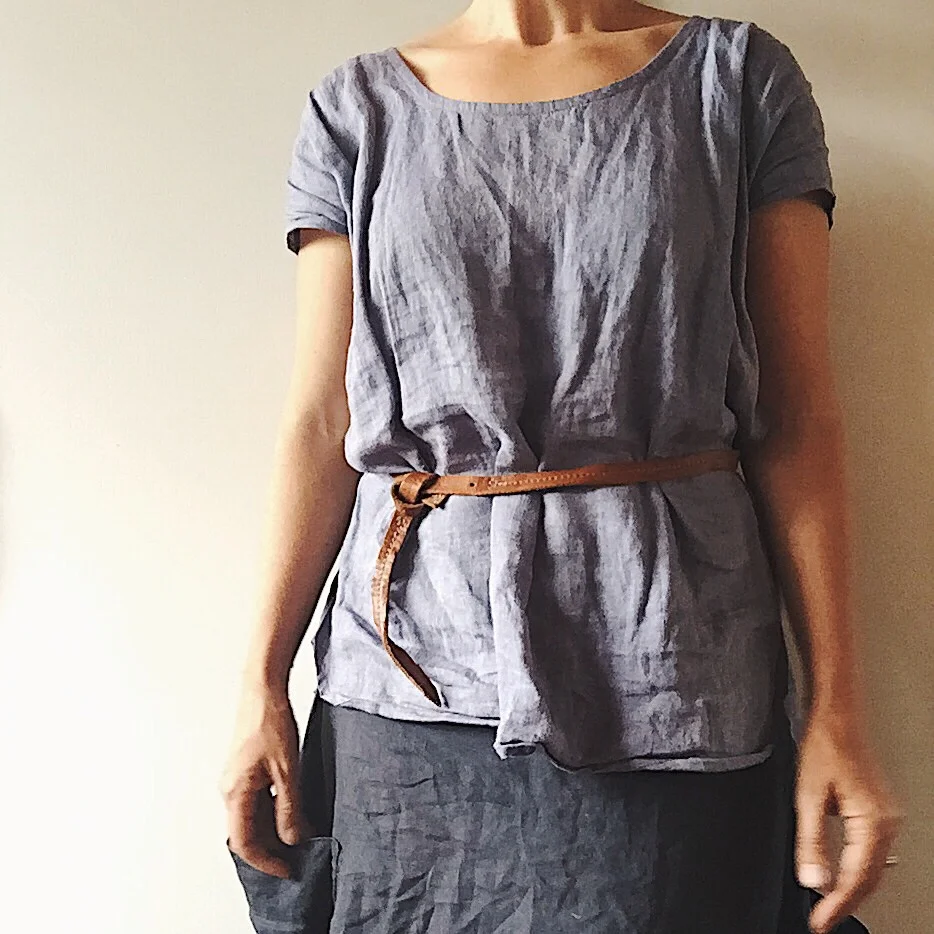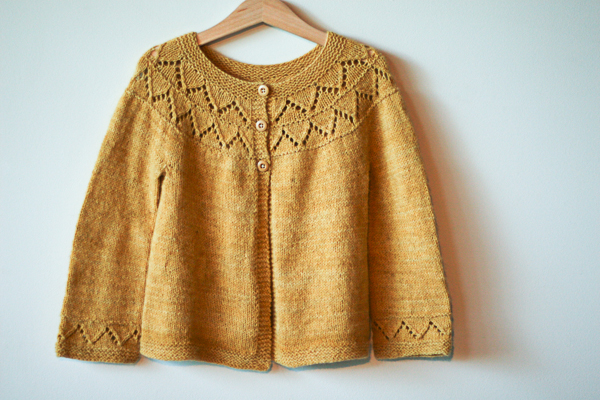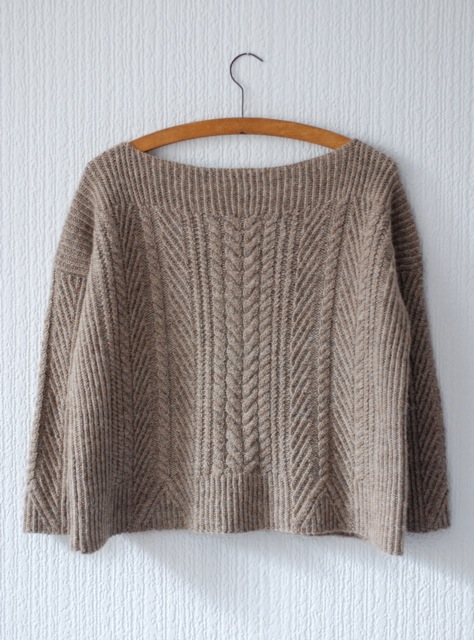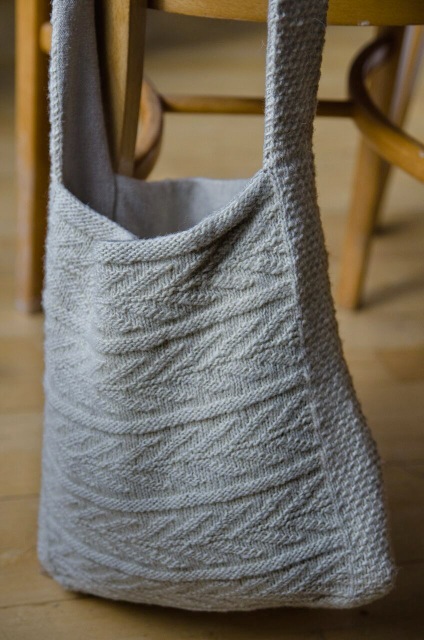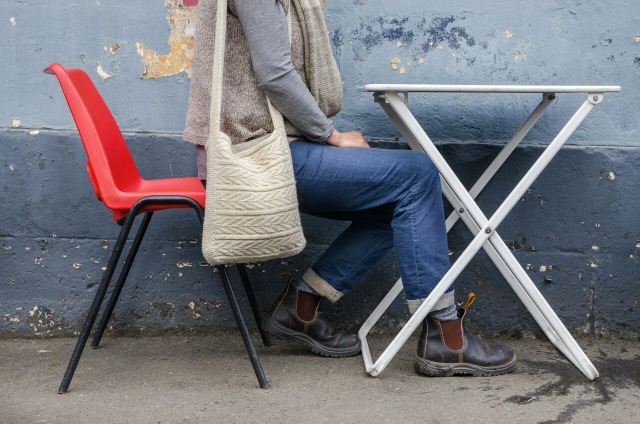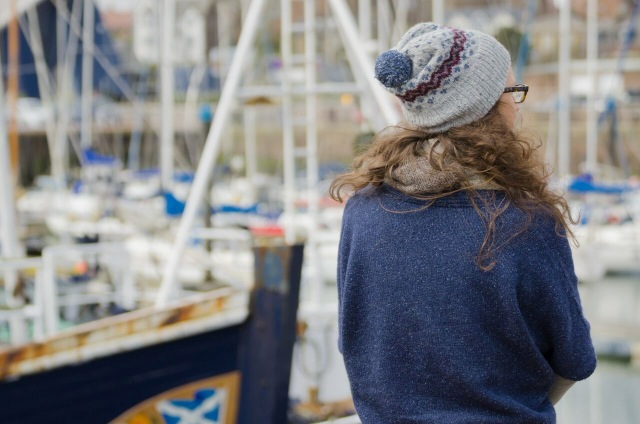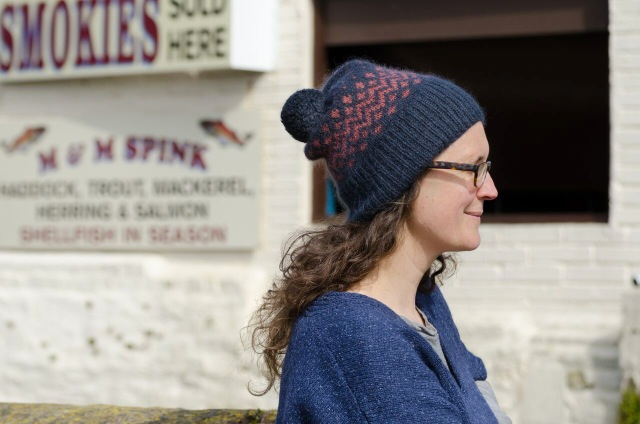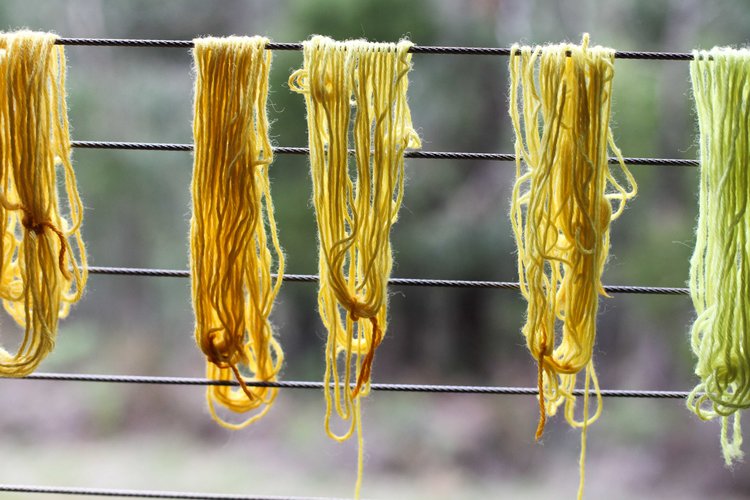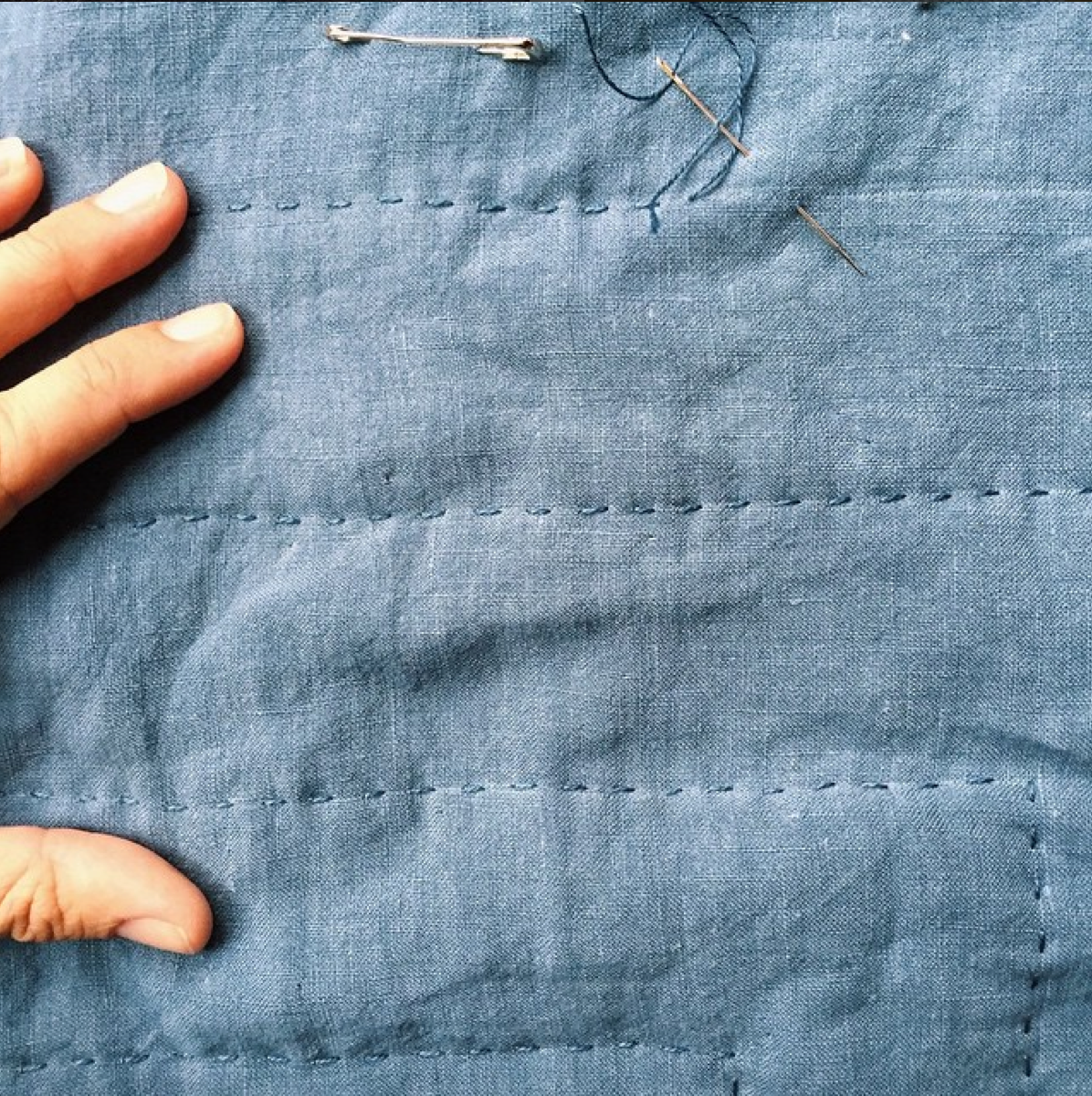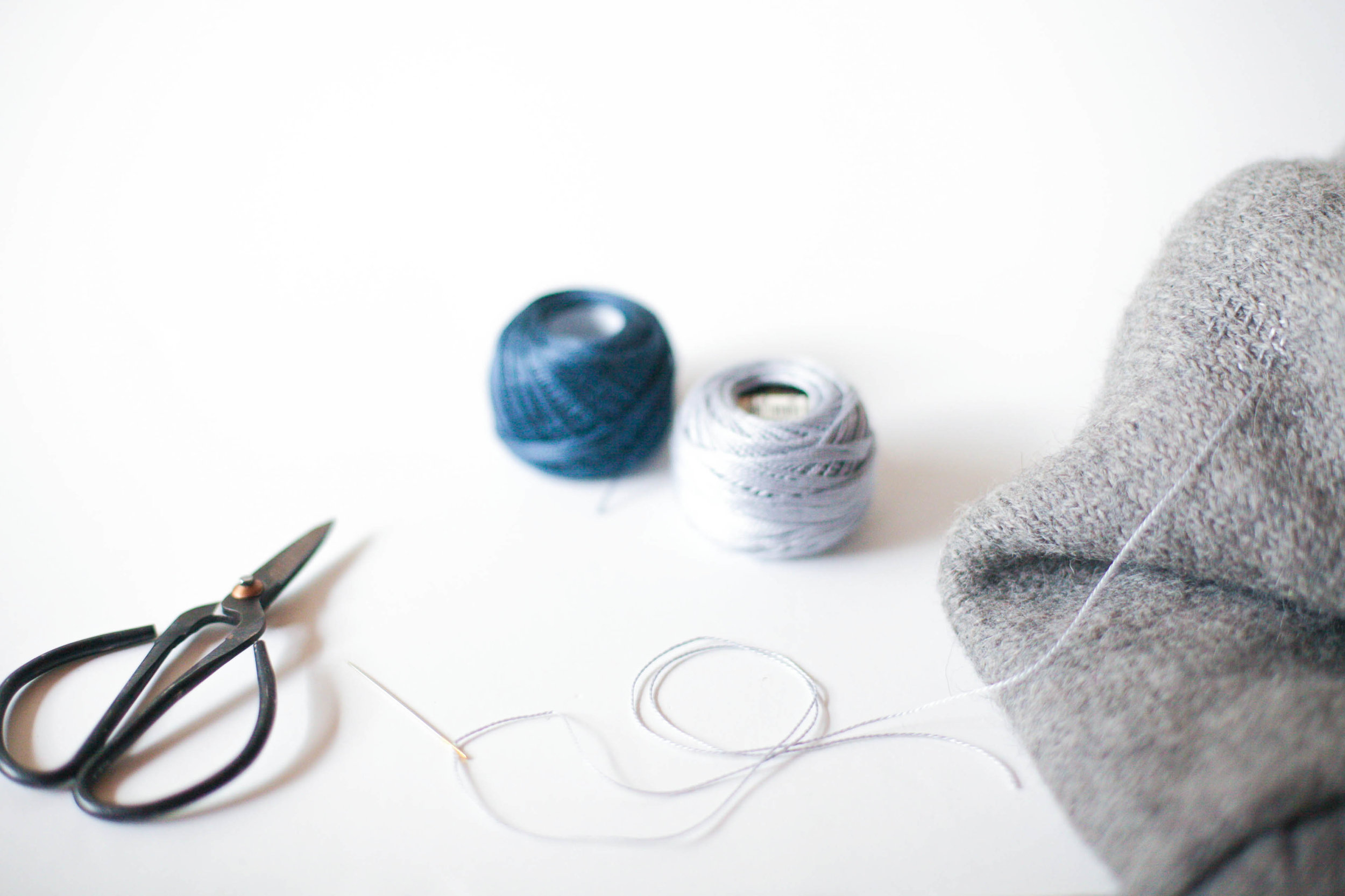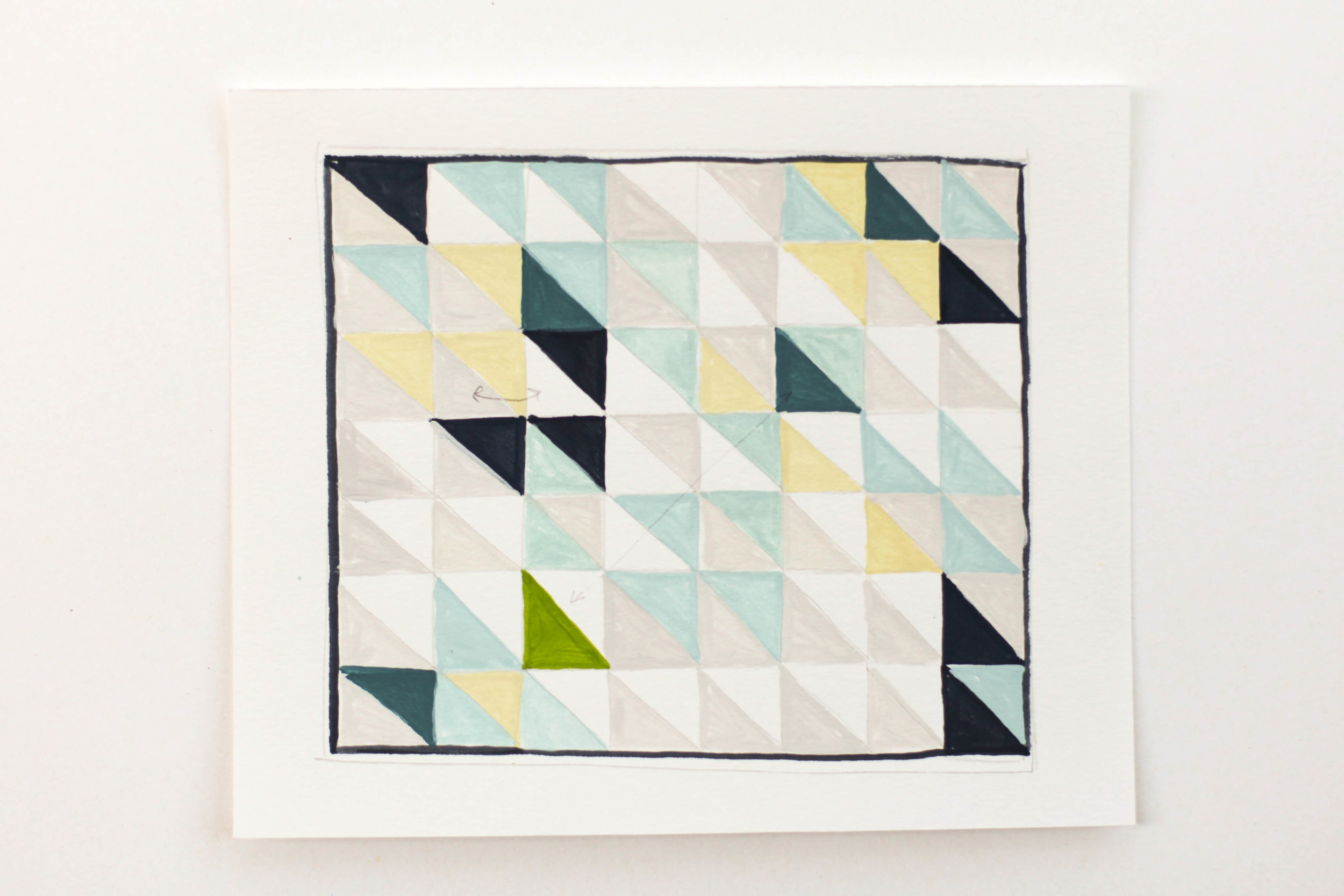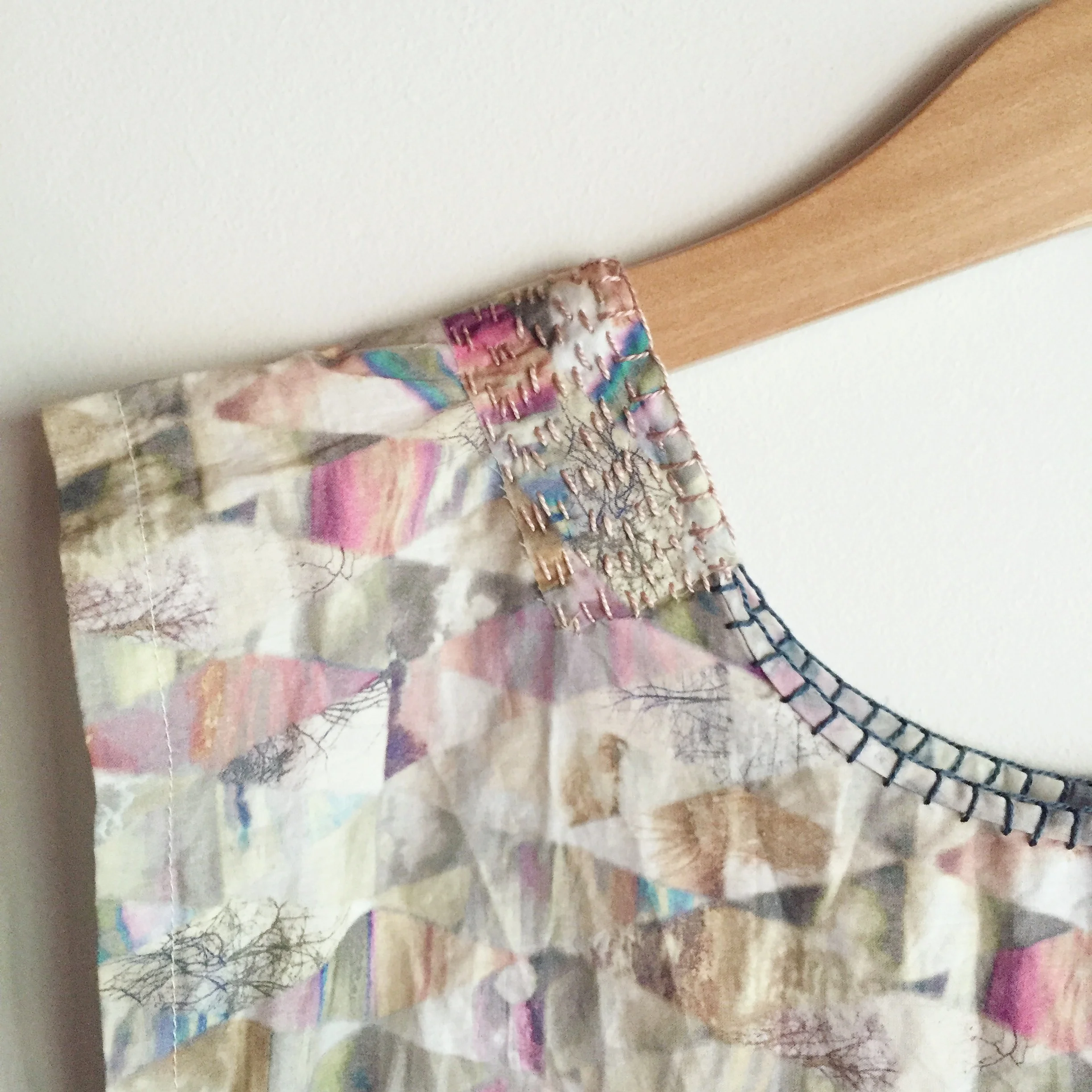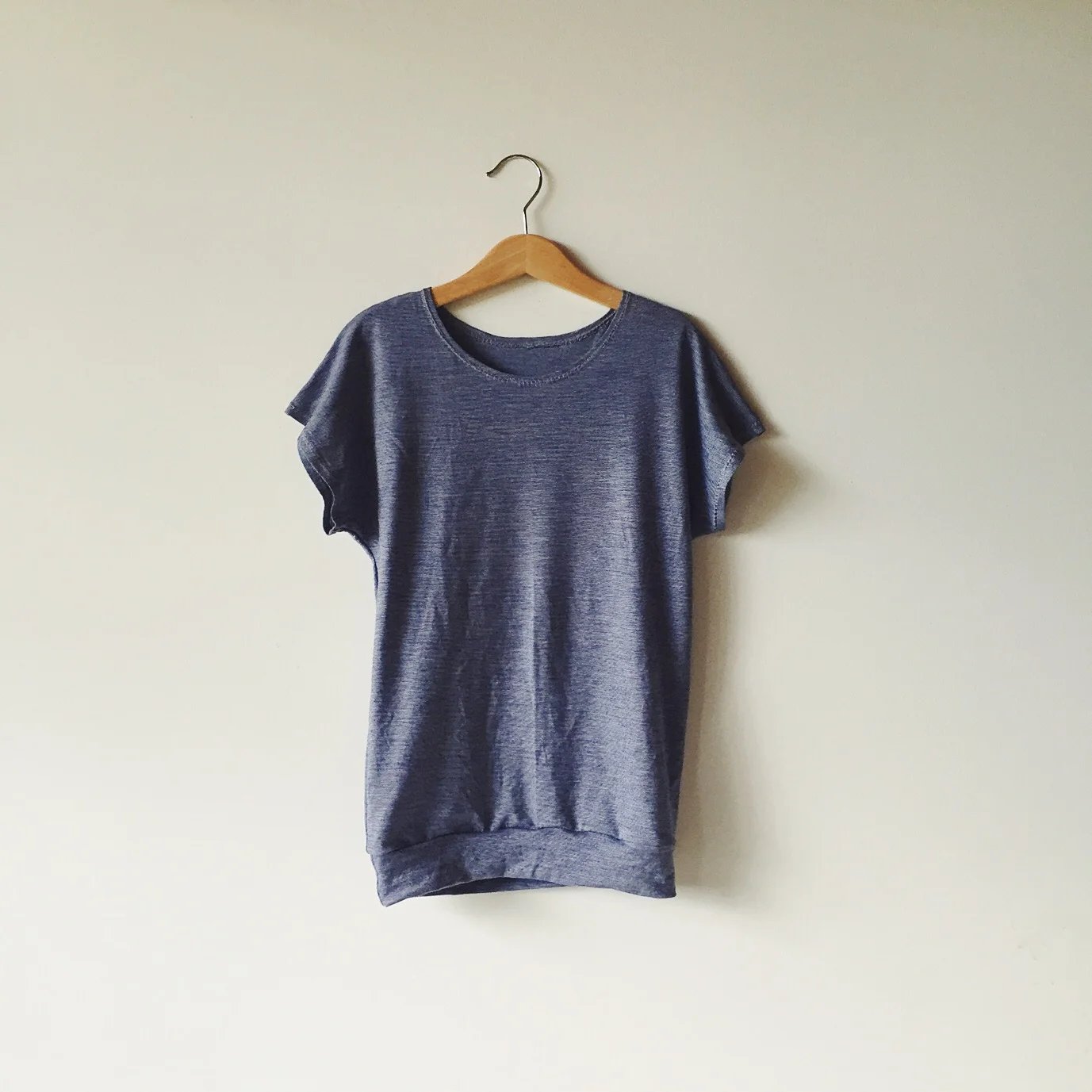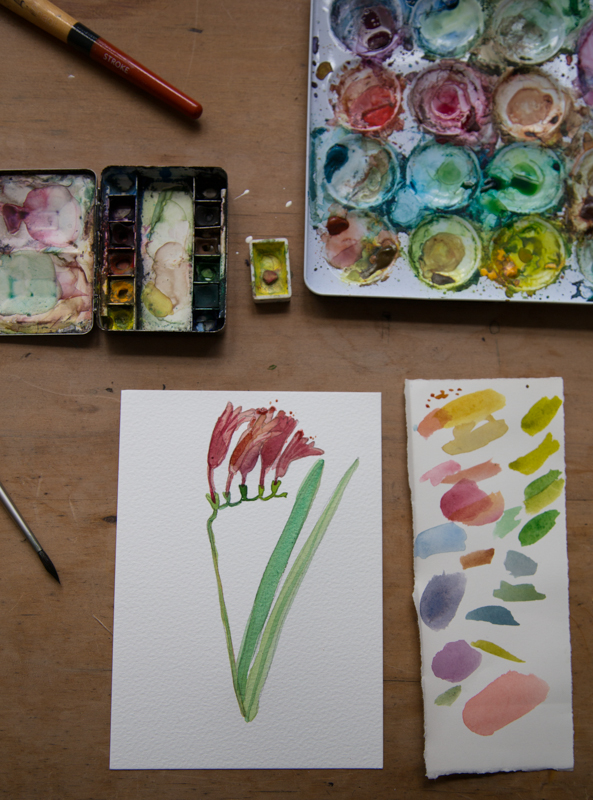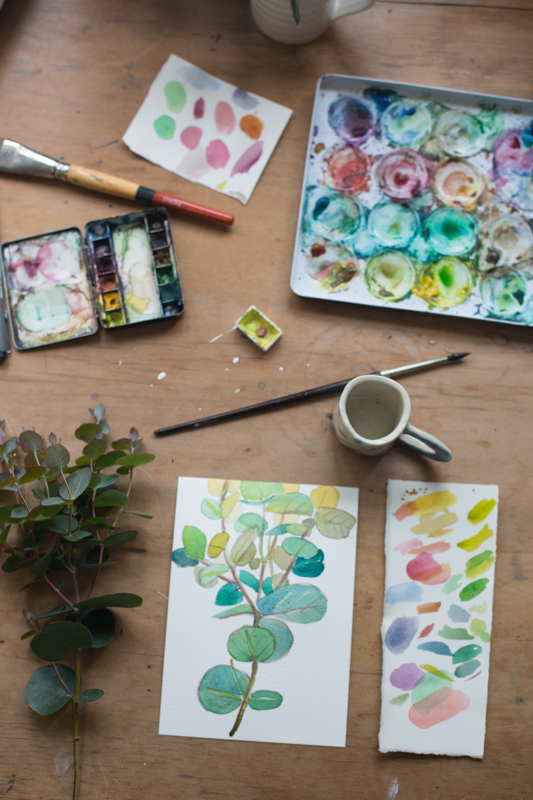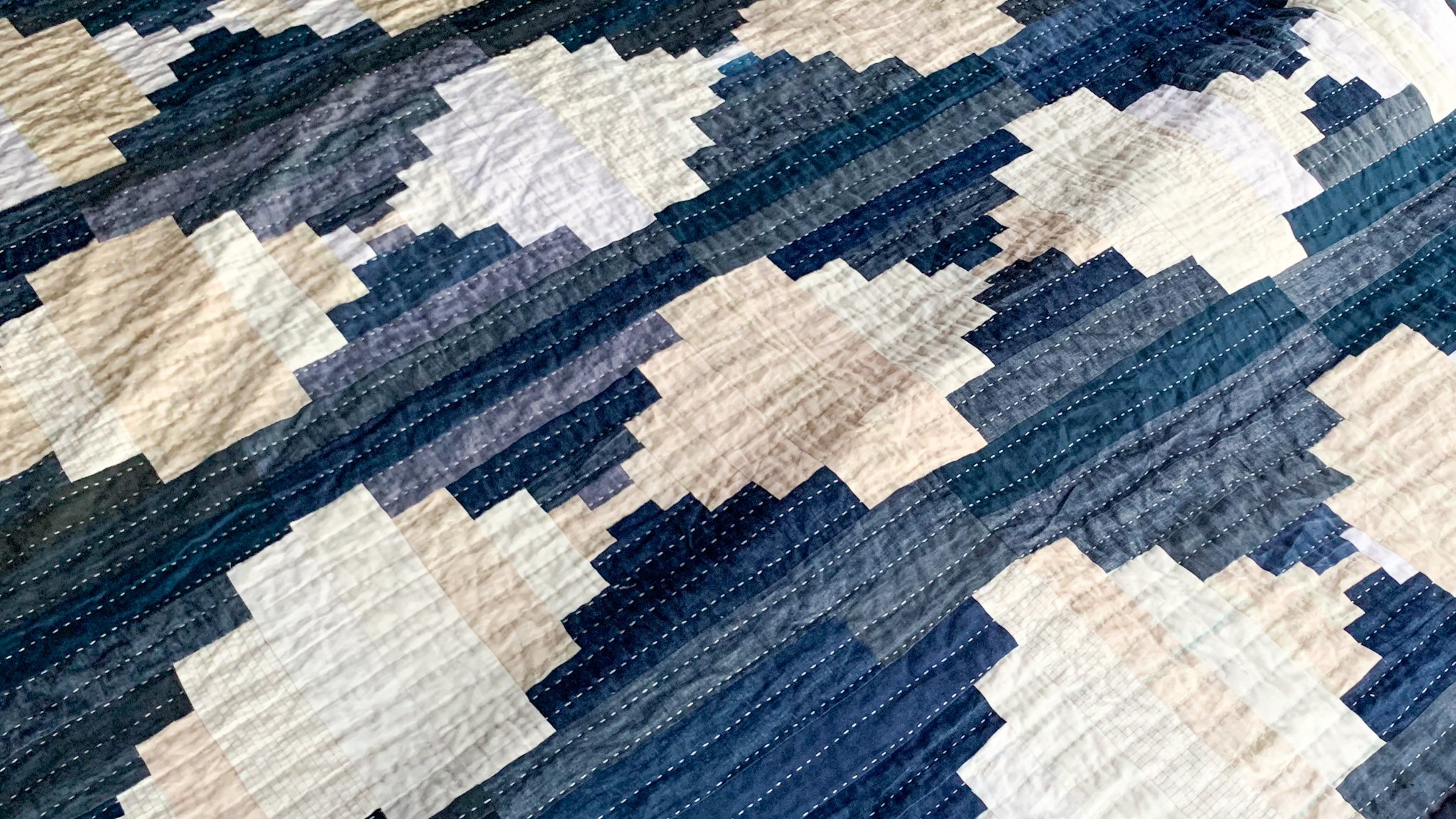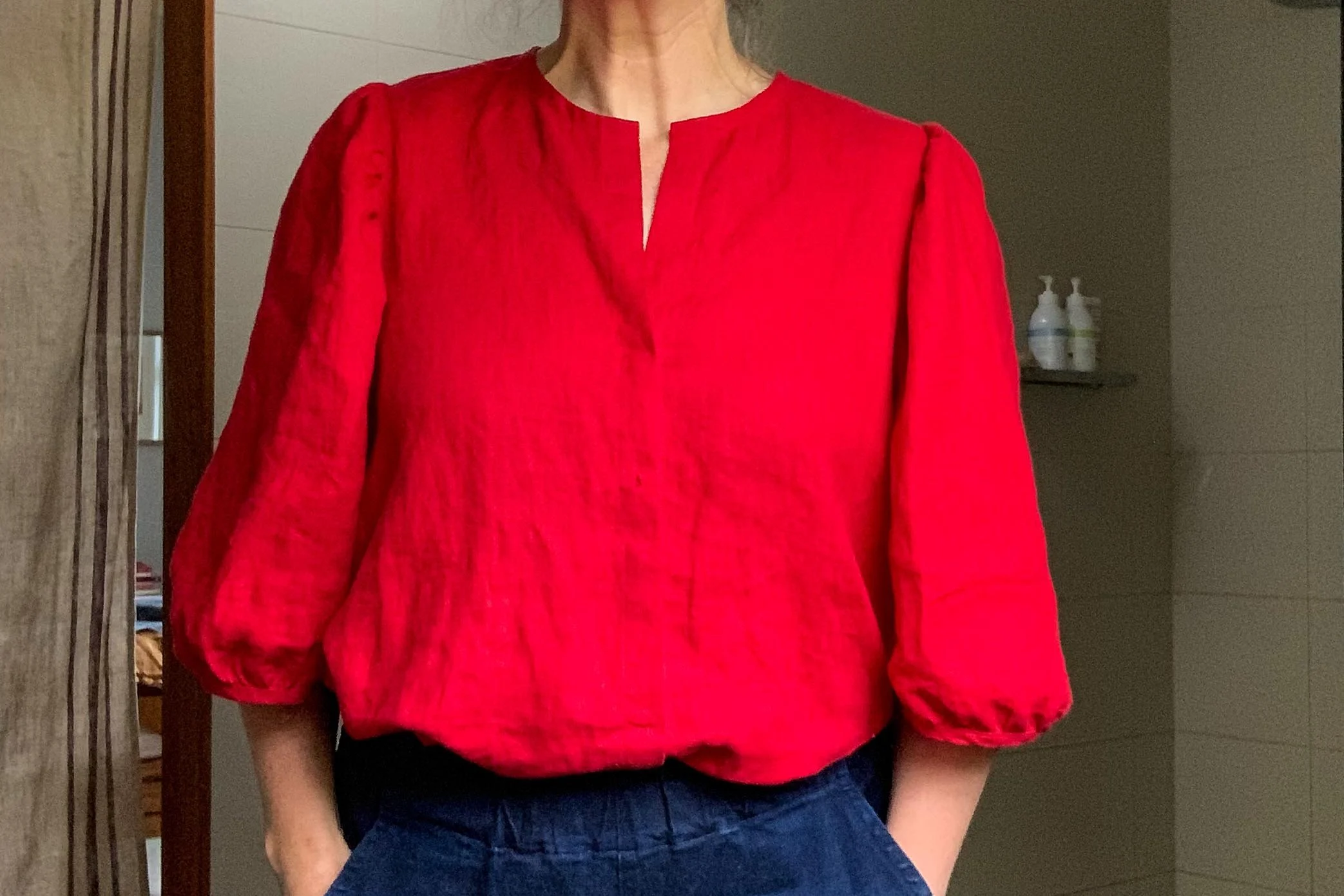You probably know a few embroidery stitches by name already: French knots, back stitch and running stitch, but can you do a chain stitch, a bullion or a blanket stitch? And, most of the simple embroidery stitches can be linked with other stitches. For instance, you can create an embroidered rose using just interlocking bullions and chain stitch. Spend the day learning embroidery with the wonderful Elizabeth Barnett! Elizabeth has created a unique sampler design especially for the Craft Sessions.
Teacher: Elizabeth Barnett
Workshop Duration: Half Day
Description: Embroidery has long played an important role in interpreting the world around us by way of interesting, beautiful and sometimes complicated interlocking designs, made up of a series of simple embroidery stitches. Many of these stitches have stood the test of time as tried and true methods in achieving different patterns and designs.
This class is aimed at teaching you some essential embroidery stitches that will introduce you to the world of embroidery or build your knowledge further. We will showcase these stitches and designs in a embroidery sampler on linen, using your own colour palettes of embroidery threads.
Samplers are traditionally a way of showing off different stitch techniques, designs and patterns. Because some people like to follow a pattern strictly, and others like to use it as a touchstone to build their own pattern from, Elizabeth has designed a pattern that can be followed or altered to suit each student. Elizabeth will bring a reference library of more complicated embroidery stitches and will be happy to guide students in trying different things out if the time allows.
Materials to bring: Students will be provided with a piece of linen and a needle for their sampler but will need to bring 3-5 cotton or silk threads to work with. Elizabeth used a combination of DMC cottons, pearl cotton and silk threads for the sample. There are many brands of embroidery threads out there so have a look around and see which ones you like the look of. Try and choose at least one dark, one light and one mid-tone colour. For example, Elizabeth used a midnight blue, copper, yellow ochre, denim blue, mushroom brown, cream and gold. Variegated silks are also fun to try.
Some suppliers of embroidery thread include;
- L’ucello, The Nicholas Building, Melbourne
- Treehouse Textiles, Mornington
- Mill Rose, Ballan
- Amitie, East Brighton
- Spotlight or Lincraft.
Takeaway: Students will come away with a finished sampler on a piece of beautiful off-white linen fabric in their own colours that they can frame, turn into a wall hanging or make into a cushion.
Level: Beginner
Prerequisites: This class is aimed at beginners who want to broaden their range of embroidery stitches. A general knowledge of embroidery will help but is not essential.





